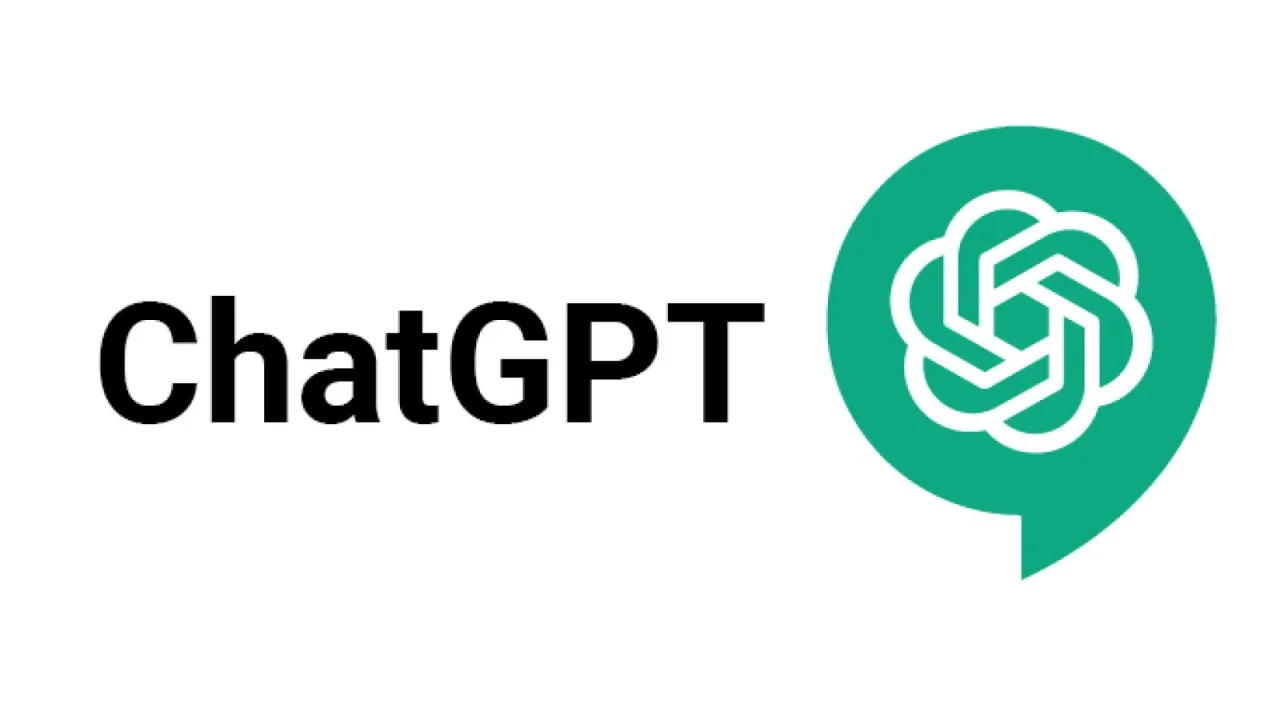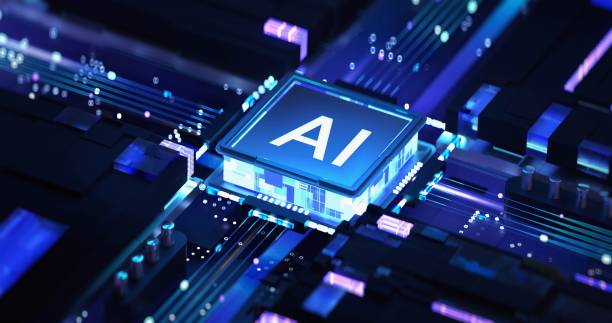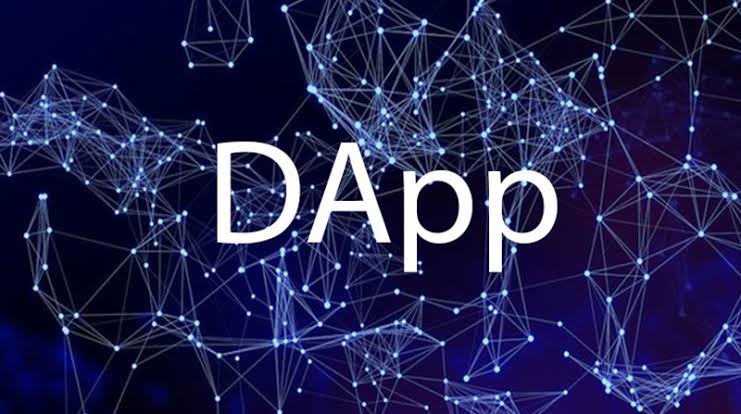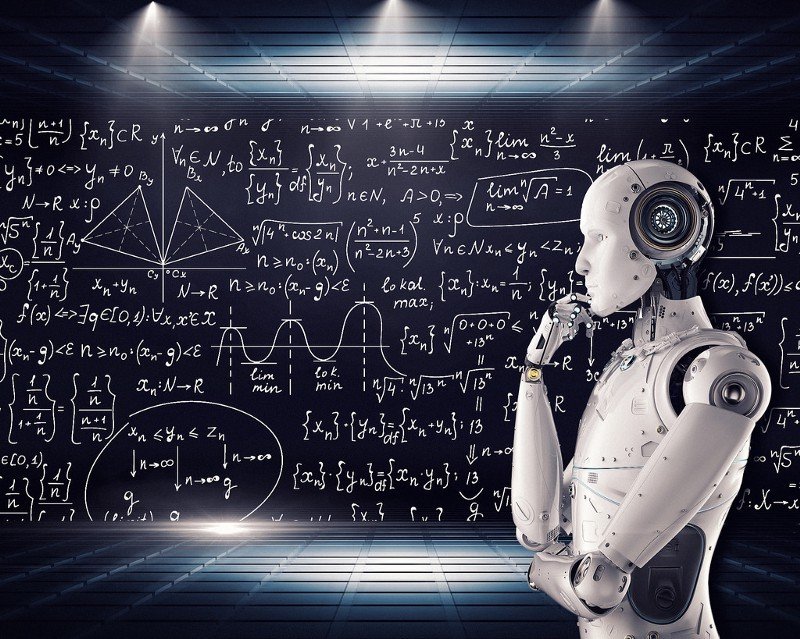It is hard to pinpoint the exact moment the relationship between humans and artificial intelligence shifted. For decades, AI was something distant—buried in research labs, embedded invisibly in search engines, powering recommendation algorithms, or assisting in industrial automation. People “used” AI, but they didn’t converse with it. That changed when ChatGPT appeared in late 2022.
Within weeks, millions of people were speaking to a machine as if it were a human partner in dialogue. The interaction was not sterile or mechanical—it felt alive in a way that startled both enthusiasts and skeptics. For the first time in history, everyday users could type a question or request in natural language, and an AI would respond with coherent, context-aware, and often impressively creative prose.
The shift was not just technological; it was emotional. Users found themselves laughing at the AI’s jokes, feeling understood when it summarized their thoughts, or even debating philosophy with it. ChatGPT blurred the line between tool and companion. And once people experienced that, there was no going back.
From Distant Algorithms to Conversational Partners
Before ChatGPT, AI largely worked in the background. You might have interacted with Siri, Alexa, or Google Assistant, but these systems were more like command-based interfaces than conversational partners. They were designed to execute tasks—set timers, fetch weather reports, play music—not to engage in deep, adaptive conversation.
ChatGPT was different because it was built on a type of AI called a large language model (LLM), specifically OpenAI’s GPT (Generative Pre-trained Transformer) architecture. Trained on vast quantities of text from books, articles, websites, and other sources, it had absorbed patterns of human language at a staggering scale. But what truly set it apart was how it could use that knowledge—not just recalling facts, but generating new sentences, adapting tone, and following the flow of dialogue.
The underlying GPT models had existed before, but ChatGPT gave them a user interface that anyone could use instantly, without coding skills or technical expertise. That accessibility turned AI from something mysterious into something personal.
The Science Beneath the Conversation
At the core of ChatGPT is the transformer architecture, introduced by researchers at Google in 2017. The transformer revolutionized natural language processing by allowing AI models to process sequences of words in parallel rather than step-by-step, enabling far larger models and more nuanced understanding of context.
The “pre-training” stage in GPT involves reading massive amounts of text and predicting the next word in a sequence. This may sound trivial, but over billions of examples, the model learns intricate structures of grammar, meaning, and even reasoning. Then comes “fine-tuning,” where the model is further trained to follow instructions, be safe, and remain relevant to user queries.
In the case of ChatGPT, a method called Reinforcement Learning from Human Feedback (RLHF) was crucial. Human reviewers rated AI responses for helpfulness, accuracy, and safety, and these ratings were used to refine the model’s behavior. The result was a conversational agent that could understand not just what users said, but also what they meant.
From a scientific standpoint, ChatGPT does not “think” or “understand” in the human sense. It operates statistically, predicting the most probable next word given all the previous ones. Yet, to the user, this predictive process feels indistinguishable from real dialogue. This phenomenon—where an AI’s output gives the illusion of thought—is a powerful driver of human engagement.
The Emotional Shockwave
The launch of ChatGPT was more than a tech story; it was a cultural moment. People were astonished by its range. Students discovered they could get instant explanations of complex topics. Writers experimented with co-authoring stories alongside the AI. Programmers used it to debug code in seconds. Language learners practiced conversation in their target language without fear of embarrassment.
For some, it was exhilarating—like the first time people saw the internet’s potential in the 1990s. For others, it was unsettling. Was this the beginning of a world where machines would replace human creativity? Could we trust the answers it gave?
The emotional impact came partly from the model’s ability to mirror human expression. ChatGPT could adopt humor, empathy, curiosity, or formality, depending on the cues in the conversation. This adaptability made it feel less like a static program and more like a responsive mind.
There were moments when the line blurred dangerously. Some users reported feeling genuine companionship from their interactions with ChatGPT, particularly during times of loneliness. While the AI does not possess emotions, the human brain is wired to respond socially to anything that mimics conversational behavior—a phenomenon known as the ELIZA effect, named after a 1960s chatbot experiment. ChatGPT amplified this effect on a global scale.
Transforming Work, Creativity, and Education
One of the most immediate transformations brought by ChatGPT was in the world of work. In offices, it became a powerful drafting tool—producing emails, summarizing reports, generating marketing copy, or brainstorming ideas. Tasks that once took hours could now be completed in minutes, freeing up time for higher-level thinking.
In the creative industries, it opened new doors. Poets and novelists experimented with collaborative writing, asking the AI to spin alternative plotlines or adopt the voice of a long-dead author. Game designers used it to generate intricate backstories for characters. Screenwriters explored how it could help unblock moments of narrative stagnation.
Education was equally transformed—and equally controversial. Teachers and professors were confronted with essays that could have been written by a human or by ChatGPT, forcing a reconsideration of how to assess learning. Some educators banned it, fearing academic dishonesty; others embraced it as a tool for personalized tutoring and learning support. A student struggling with calculus could now have a patient, non-judgmental tutor available at any hour.
The New Ethics of AI Companionship
ChatGPT also forced society to confront new ethical questions. If an AI can simulate empathy, does that make it a form of companionship? Should people rely on it for emotional support? What happens when someone forms a deep attachment to something that has no consciousness or inner life?
There were practical concerns, too. Large language models can inadvertently generate biased, misleading, or harmful responses, reflecting the flaws in the data they are trained on. OpenAI implemented safeguards to reduce these risks, but no system is perfect. The debate over AI safety, transparency, and accountability intensified as ChatGPT’s popularity exploded.
Another concern was economic. If ChatGPT could write, translate, code, and explain, what would happen to jobs in those fields? The history of technology shows that automation often reshapes labor rather than eliminating it outright—but the speed of AI’s advance raised fears that workers would have little time to adapt.
AI as a Mirror of Humanity
One of the most striking realizations about ChatGPT is that it holds up a mirror to human culture. Every answer it gives, every phrase it generates, is drawn from patterns found in human-created text. It reflects our creativity, our biases, our wisdom, and our contradictions.
When ChatGPT surprises us with a beautiful metaphor or a clever turn of phrase, it is echoing the language humans have already invented. When it makes an error or reveals a stereotype, it is likewise reflecting something that exists in human expression. In this way, interacting with ChatGPT becomes not just a conversation with an AI, but a conversation with humanity’s collective written record.
The Future We Are Now Writing Together
The release of ChatGPT marked a turning point. It was not the first AI system to generate text, nor will it be the last. But it was the first to capture the public imagination so completely, to make AI feel like a daily presence rather than a distant experiment.
As more advanced models arrive, the relationship between humans and AI will continue to evolve. We may see AI become integrated into every device and platform, offering seamless assistance that feels as natural as speaking to a friend. We may also face new challenges—deepfake text indistinguishable from human authorship, AI-powered misinformation campaigns, and profound questions about the nature of authorship and originality.
But one thing is certain: ChatGPT changed the way we think about machines. It moved AI from the realm of the invisible into the space of direct human connection. It reminded us that language is not just a tool for conveying information—it is a bridge between minds. And now, for the first time, that bridge extends to something not human at all.





